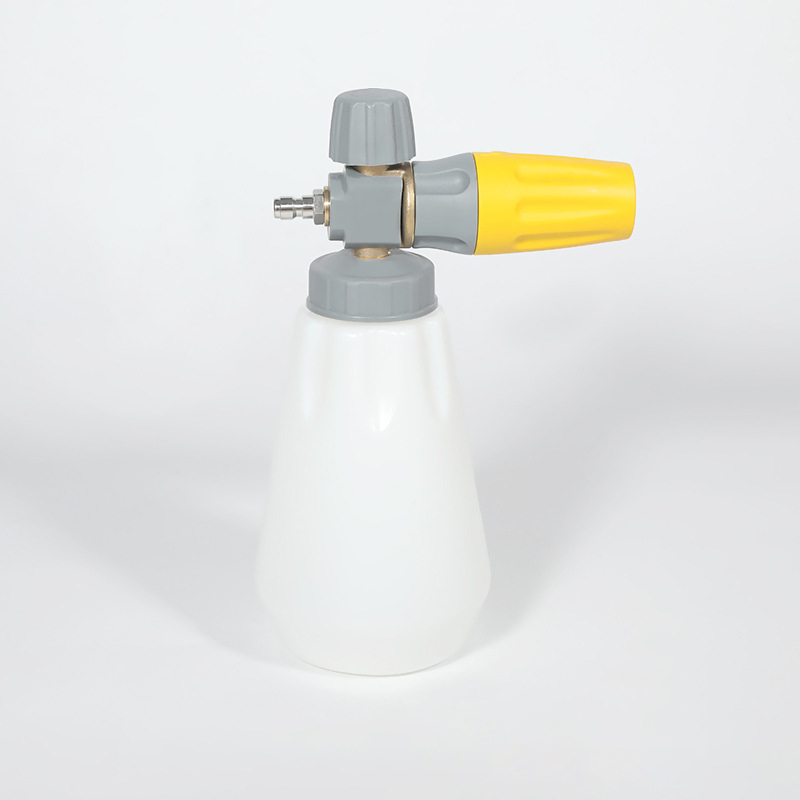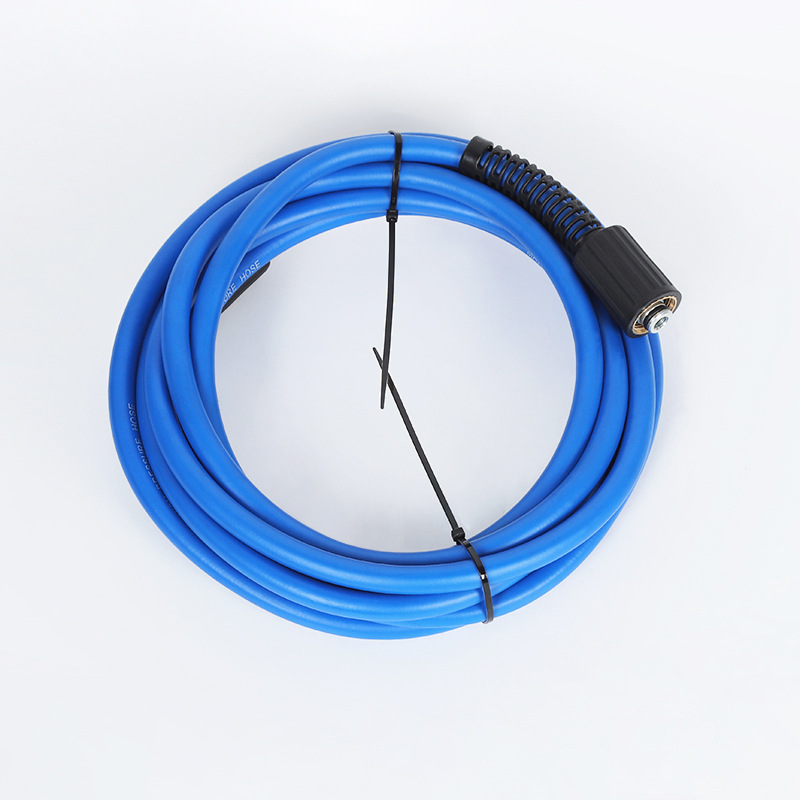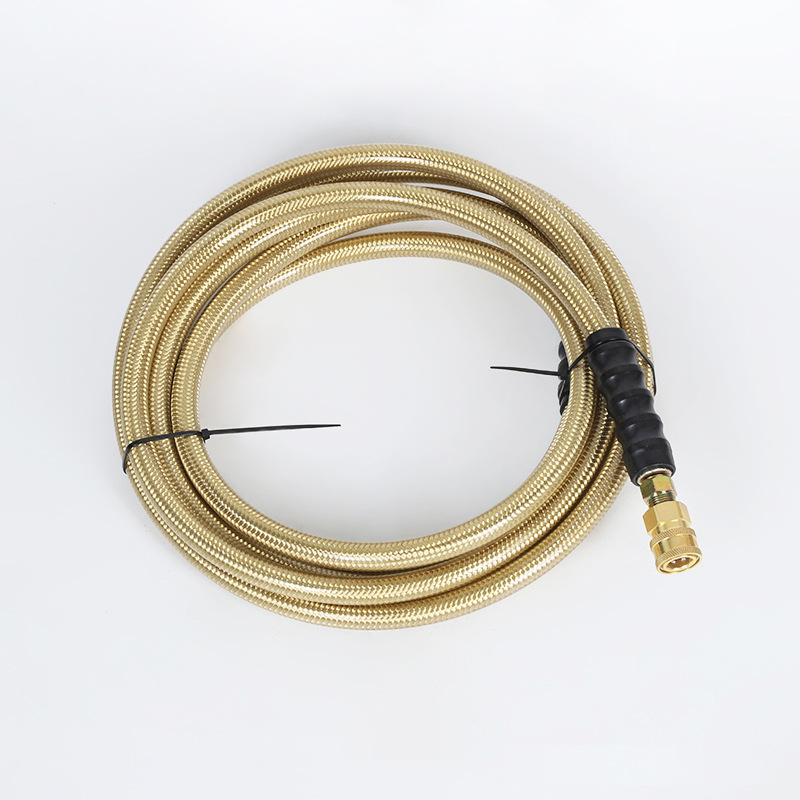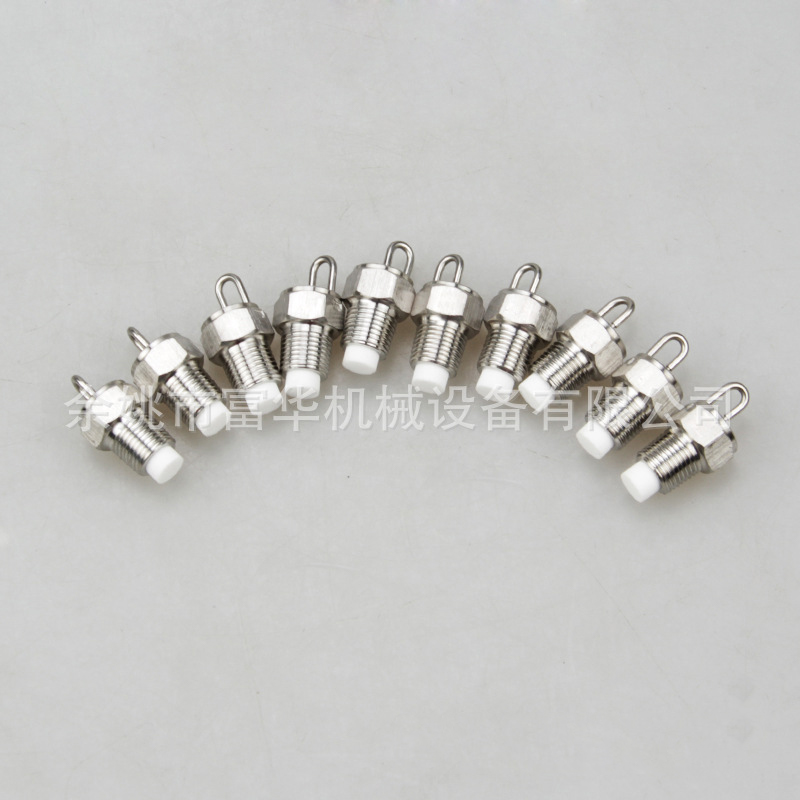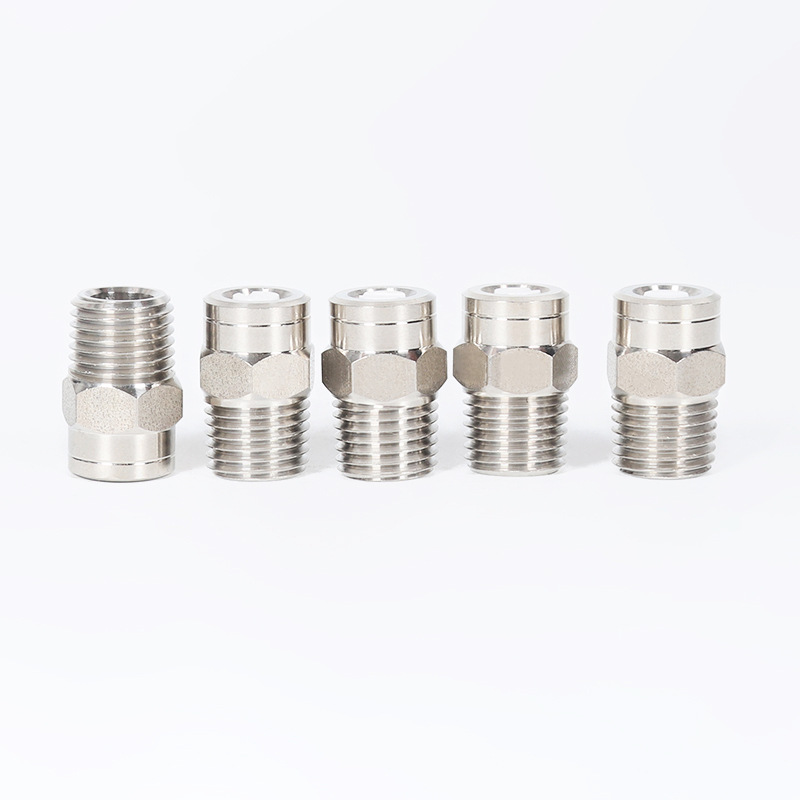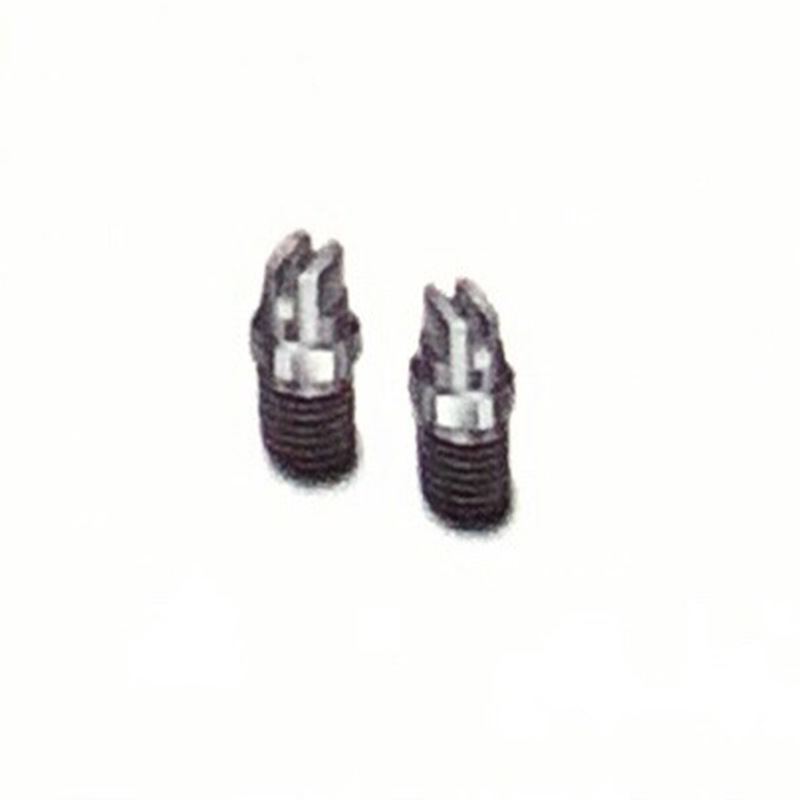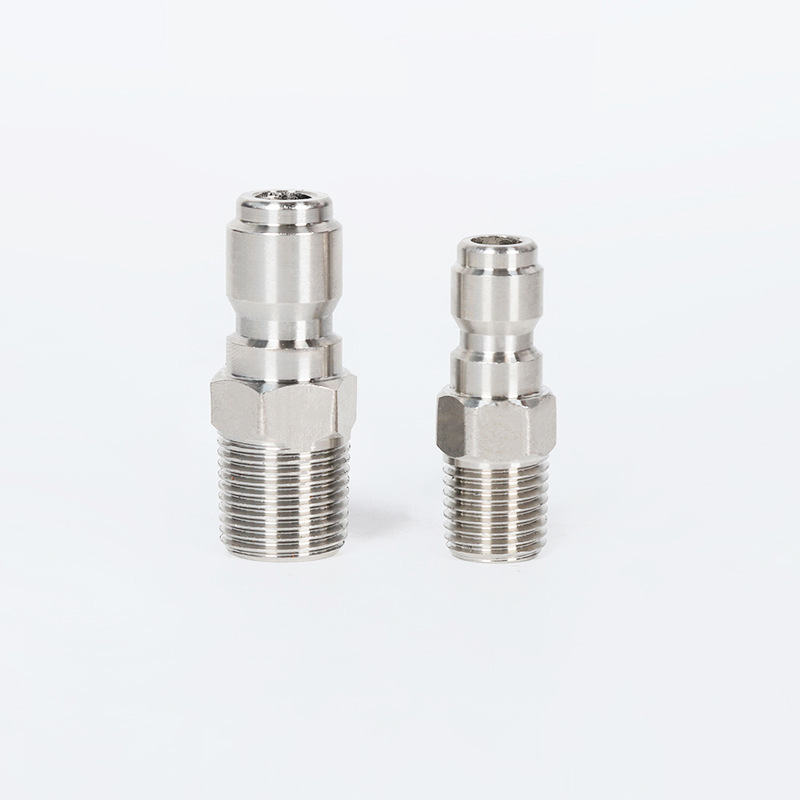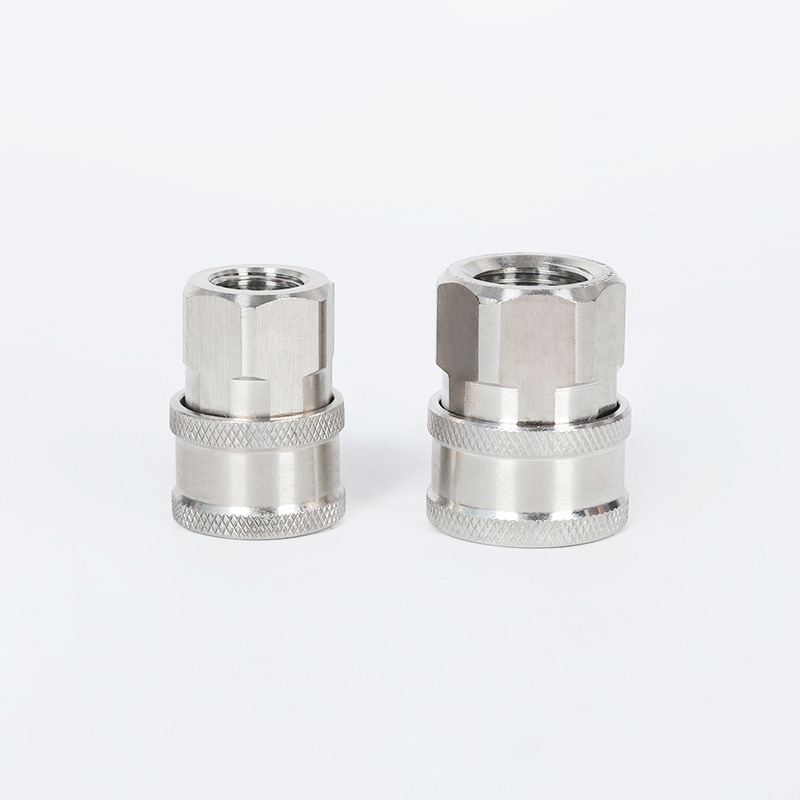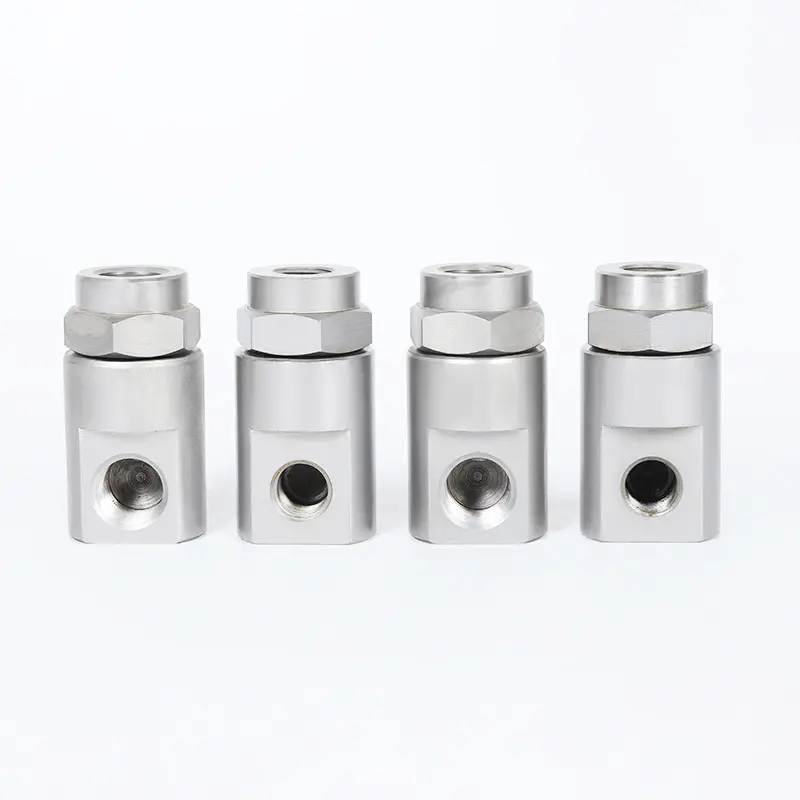Introduction to Pressure Washer Hose Safety
Pressure washer hoses are essential tools for cleaning vehicles, buildings, and industrial equipment. However, they operate under high pressure, which can create hazards if proper precautions are not followed. Using a pressure washer hose safely involves understanding its operational limits, potential risks, and the measures needed to prevent injury or damage. Safety is influenced by factors such as water pressure, hose condition, nozzle type, environmental surroundings, and user behavior. By implementing consistent safety practices, operators can reduce the likelihood of accidents and improve the efficiency of cleaning tasks. Awareness of risks and adherence to guidelines are key components of safe pressure washer hose use.
Understanding Pressure and Hose Ratings
One of the most important safety considerations is understanding the rated pressure of a pressure washer hose. Hoses are designed to handle specific pressure levels, often measured in pounds per square inch (PSI). Exceeding this pressure can cause the hose to burst or fittings to fail, potentially leading to injury or property damage. Users should always verify the pressure rating of the hose and ensure it matches the pressure washer output. Additionally, the diameter and material of the hose influence its durability and flexibility. Choosing hoses that meet manufacturer specifications reduces the risk of leaks and ruptures. Knowledge of pressure ratings also helps determine the suitable nozzle and attachment types for specific cleaning tasks.
Inspecting Hoses Before Use
Regular inspection of pressure washer hoses is crucial to maintain safety. Before each use, operators should check for cracks, bulges, fraying, or signs of wear along the hose length. Leaks or damaged areas can compromise pressure integrity and create hazards. Fittings and connectors should also be examined to ensure they are secure and free from corrosion or debris. Identifying potential issues before operation allows for timely replacement or repair, reducing the likelihood of accidents. A simple visual inspection, combined with a brief pressure test, can help confirm the hose is in safe working condition. Maintaining a schedule of routine inspections is beneficial for long-term reliability.
Proper Personal Protective Equipment
Using personal protective equipment (PPE) is essential when operating a pressure washer hose. Protective gloves help prevent injuries from high-pressure spray or accidental contact with hot water and detergents. Safety goggles or face shields protect the eyes from splashing water, chemicals, or debris. Closed-toe footwear and long clothing provide additional protection for the legs and feet. Hearing protection may be necessary in cases where the pressure washer produces significant noise. Selecting appropriate PPE based on the task and environment reduces the risk of injury and allows the operator to maintain better control over the equipment. Awareness of PPE requirements is a fundamental aspect of safe operation.
Safe Handling and Operation Techniques
Proper handling techniques are essential to minimize risk during pressure washer operation. Hoses should be uncoiled fully to prevent kinks, which can restrict water flow and increase internal pressure. Operators should maintain a firm grip on the spray gun, using both hands when necessary to control recoil. It is important to avoid pointing the nozzle at people, animals, or fragile surfaces. When starting the washer, users should stand on a stable surface and keep the hose clear of obstacles. Moving slowly and deliberately, while maintaining awareness of surroundings, reduces the likelihood of tripping or entanglement. Gradual pressure adjustments also help prevent sudden bursts of water that may destabilize the operator.
Environmental and Surrounding Safety
Awareness of the surrounding environment is critical for safe use of pressure washer hoses. Surfaces can become slippery when wet, increasing the risk of falls. Electrical hazards, such as outlets, cords, or appliances, must be avoided to prevent shock or electrocution. Nearby objects, vehicles, or structures should be shielded from potential high-pressure spray that could cause damage. Maintaining a safe distance from bystanders and pets reduces accidental injury. When cleaning outdoors, attention to wind direction and weather conditions helps control the spray and prevents unintended exposure to water or cleaning agents. Environmental awareness is an integral component of overall safety practice.
Detergent and Chemical Safety
Many pressure washer tasks involve detergents or chemical cleaners, which introduce additional safety considerations. Operators should read and follow manufacturer instructions for proper dilution and application. Avoid mixing chemicals unless explicitly approved, as reactions may produce hazardous fumes or reduce cleaning effectiveness. Protective gloves and eye protection are necessary when handling concentrated solutions. Spills should be cleaned immediately, and care should be taken to prevent runoff from entering drainage systems or waterways. Choosing detergents that are compatible with both the surface and the pressure washer helps prevent damage and reduces health risks. Understanding chemical safety complements the mechanical safety of the hose and equipment.
Proper Storage and Maintenance of Hoses
After use, proper storage and maintenance of pressure washer hoses are essential for long-term safety. Hoses should be drained of water and coiled neatly to prevent kinks or damage. Avoid storing hoses in direct sunlight or near heat sources, as this can degrade the material. Regular cleaning of the hose exterior and fittings helps prevent corrosion or debris buildup. Replacement of worn O-rings, seals, or connectors ensures secure connections during future use. Maintenance routines, including inspection, cleaning, and lubrication of moving parts, extend the service life and maintain safety standards. Well-maintained hoses reduce the likelihood of leaks, bursts, or malfunctions during operation.
Emergency Procedures
Operators should be prepared for potential emergencies when using pressure washer hoses. In the event of a hose rupture, the machine should be turned off immediately to prevent further damage or injury. Leaks or spray misdirection should be managed by adjusting the hose position and inspecting for damage. Keeping a first aid kit and water supply nearby is recommended in case of minor injuries. Knowledge of emergency shut-off procedures and safe disconnection methods ensures that issues can be addressed quickly. Being prepared for unexpected events enhances overall safety and confidence during cleaning operations.
Common Hazards and Prevention
Pressure washer hoses present several common hazards, including bursts, leaks, slipping, high-pressure spray, and chemical exposure. Preventive measures involve regular inspection, proper PPE, adherence to pressure ratings, careful handling, and environmental awareness. Clear work areas, secure footing, and proper storage also contribute to hazard reduction. Avoiding makeshift connections or damaged fittings prevents mechanical failures. By combining preventive strategies with operator training, the risks associated with pressure washer hoses can be managed effectively. A proactive approach to hazard identification and mitigation promotes a safer work environment.
Comparison of Safety Measures
The following table summarizes key safety measures for pressure washer hose operation, highlighting their purpose and implementation:
| Safety Measure |
Purpose |
Implementation |
| Pressure Rating Verification |
Prevent hose rupture |
Check PSI rating and match with washer output |
| Inspection Before Use |
Detect wear or damage |
Visual check and brief pressure test |
| Personal Protective Equipment |
Protect operator from injury |
Gloves, goggles, footwear, long clothing |
| Safe Handling Techniques |
Prevent accidental spray or slips |
Firm grip, proper stance, avoid kinks |
| Environmental Awareness |
Reduce risk of slips and damage |
Clear area, avoid electrical hazards, consider wind |
| Chemical Safety |
Prevent health risks and surface damage |
Follow detergent instructions, use PPE, avoid mixing chemicals |
| Maintenance and Storage |
Extend hose life and reliability |
Drain, coil, clean, replace worn parts |
| Emergency Preparedness |
Handle unexpected incidents |
Know shut-off procedure, keep first aid kit, secure hose |
Training and User Education
Proper training and user education are essential components of pressure washer hose safety. Operators should be familiar with hose specifications, connection methods, and the operation of the pressure washer. Instruction on safe handling, environmental awareness, and chemical usage enhances competency and reduces risks. Regular refresher training helps maintain awareness of best practices and updates on new safety guidelines or equipment features. Knowledgeable operators are better equipped to respond to emergencies and make informed decisions during cleaning tasks. Investing time in training contributes to safer and more efficient operations.






